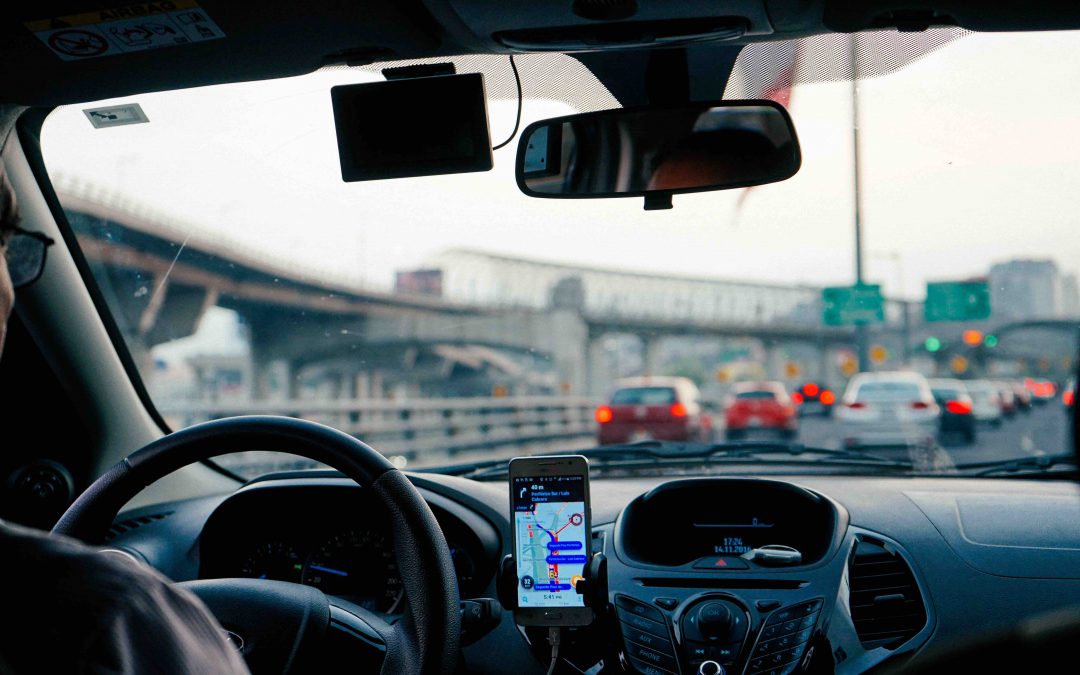You probably already know someone who spends a few hours a week driving for Uber or Lyft.
These ride-sharing apps have attracted drivers from all walks of life because they make it seem like an easy side hustle — no overhead, no infrastructure, no customer base to build. It’s all right there, just waiting to be picked up.
But is it as easy as all that? What’s it really like to drive for a ride-sharing company? Is it profitable or more trouble than it’s worth?
Examine yourself
It’s easy to get going, and both companies offer bonuses to attract new drivers. Before you sign up, however, decide whether you’re enough of a people person to do well at this job.
Riders rate their drivers — and a friendly and engaging manner can go a long way toward you earning a high driver rating.
And as for which to choose, each service has its pros, and many drivers choose to drive for both since running both apps increases your chances of getting enough fares.
Know your market
Urban areas — cities with a vibrant nightlife or multiple concert venues — are naturally more lucrative market for ride-share drivers.
If you live out in the countryside, it might be hard to pick up enough fares to make the effort worth it.
On the other hand, if you know that tourists flock to your region at certain times of the year, you can make your driving a seasonal occupation and capitalize on the higher traffic.
Look for hidden costs
More driving means more gas, more frequent oil changes, and more wear and tear on your tires and brakes. Those are expenses you need to deduct from whatever income you make from fares.
Regular Uber and Lyft drivers also report having to get their cars cleaned more frequently and more thoroughly — for example, after a drunk passenger throws up in the back seat.
Uber and Lyft keep a percentage of each fare (though not any tip the passenger might leave), and certain municipalities (like New York City) tax each ride.
As an independent contractor (that’s what Lyft and Uber drivers are), you will also need to pay self-employment tax, which might mean quarterly tax payments and certainly means a slightly more complicated set of forms to fill out come mid-April.
Think of safety
While both companies have certain protections in place for both riders and drivers, there will be passengers who require managing. And that means drivers benefit from steady nerves and a commanding presence.
Not surprisingly, women drivers experience significantly more harassment than male drivers, and they are far more likely to stop driving as a result.
Most of these incidents are unsettling rather than dangerous, but one aggressive passenger can mean an early end to what might otherwise have been a profitable night.
The bottom line
While it’s always worth finding a way to earn money on the side, many drivers report earning only a bit more than minimum wage. That means that driving for Lyft or Uber (or both) is not necessarily easier than picking up a few hours working retail or fast food. However, the incredible flexibility offered by becoming a ride-share driver might outweigh the drawbacks.




